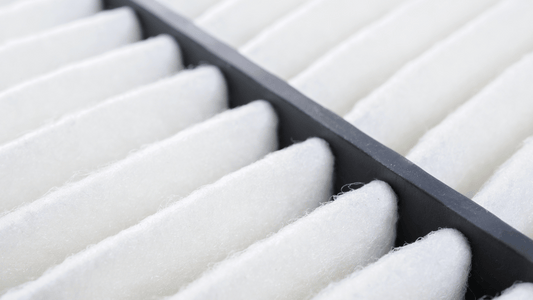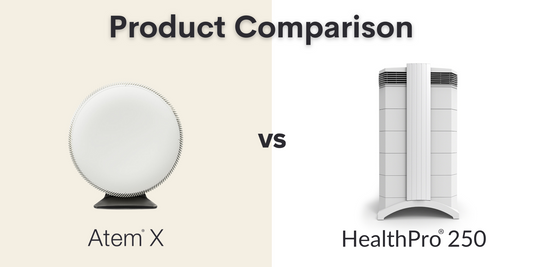The house dust mite is one of the most potent and common triggers of allergic reactions like hay fever symptoms (running eyes, sneezing), asthma (wheezing, breathing difficulties) and eczema. House dust mites are tiny (200-300 micron long) eight-legged creatures related to the spider and they are found in every human habitation. There are two common species of dust mites - the European house dust mites (Dermatophagoides pteronyssinus) and the American house dust mite (Dermatophagoides farinae). It is not dust mite itself which is the allergen, but digestive enzymes (proteins) contained in its droppings. The whole droppings themselves are particles between 4 and 20 microns in size, but may crumble into smaller particles that can be as small as 0.5 microns across.
How to kill dust mite?
Know your enemy! Here are some important facts about house dust mite which you can use to help rid your home of this pest and fight a dust mite allergy:
- The fight is never ending - dust mites are everywhere and even if you are able to get rid of all of them in your home, new ones would still appear (they are carried into your home on people’s clothing, for instance). So look for long-term solutions which will reduce your house dust mite burden.
- Dust mites are found mainly in bedding, soft furnishings and, to a lesser extent, carpets. It is easy to disturb them - getting into and out of bed, for example - and throw up a large cloud of allergen which tends to stay near the source, rather than float in the air.
- House dust mites feed on the dead skin in household dust.
- Mites prefer humid conditions. To survive they absorb water from the air and when humidity is less than 50% they tend to dry out.
Here are some good tips for keeping house dust mites under control.
- If you are thinking of doing some serious home improvement, think about replacing upholstered sofas and armchairs with leather or vinyl covered furniture, which house dust mites cannot penetrate. Consider replacing carpets with hard flooring. This will create an entirely new environment which could seriously reduce the dust mite burden in your home.
- Tackle dust mites in bedding - start afresh with a new mattress and pillows and cover these with mite-allergen proof covers (research has shown this does improve asthma in children allergic to house dust mite). Wash bedding regularly with allergy friendly laundry detergent such as Allergen Wash from Allersearch.
- Damp dust everywhere regularly to get rid of the house dust mite source of food. Use an effective allergy dust spray such as ADS or ADMS from Allersearch, it will destroy the allergy symptom causing protein on contact. Get rid of any clutter where more dust can build up.
- It is crucial to get rid of any dampness in your home. Ventilate by opening windows, and check for condensation in the kitchen and bathroom.
How to get rid of dust mite allergens?
Killing dust mites by lowering humidity and removing dust will not automatically remove dust mite allergen in your home, although over time the amount is sure to decrease because you have tackled it at the source. The allergen will still persist in bedding, soft furnishings and so on. Therefore, tackle these reservoirs of allergen. Use an allergy vacuum cleaner and a good allergy air purifier, dust with an allergy friendly cleaning product, and wash laundry with Allergen Wash to remove as much allergen as possible.



